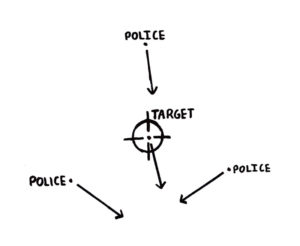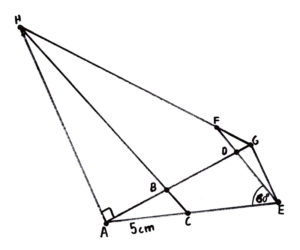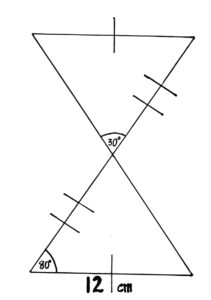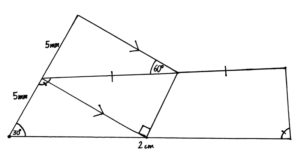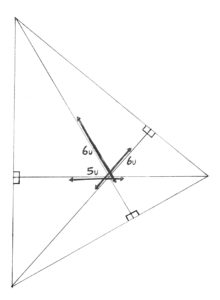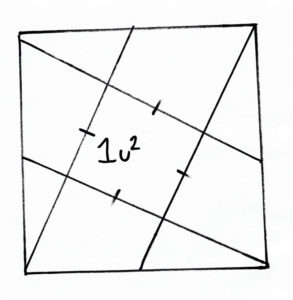This science challenge requires an understanding of bacterial growth.

You receive an internship at Joana the scientist’s bacteria laboratory. Remember Joana from Pure Water and Spring Forward? She’s studying some exquisite bacteria. No bacteria colonies can grow over others, but they just block each other’s progress. Joana is studying them on a circular dish with diameter 1 metre. Zigzag bacteria colonies’ radii increase by 4 centimetre a minute. Linear bacteria grow at 2 centimetres a minute. Checkerboard bacteria grow at 5 centimetres a minute. Dotty bacteria grow by 1 centimetre every minute, and Inscribed bacteria grow by 3 centimetres a minute. Joana wants to display the results by simultaneously starting one colony of each type on the border of the dish. After some time, all the bacteria colonies will reach an equilibrium. The challenge is to determine where to place the colonies so that they will all end with an equal portion of the dish.

